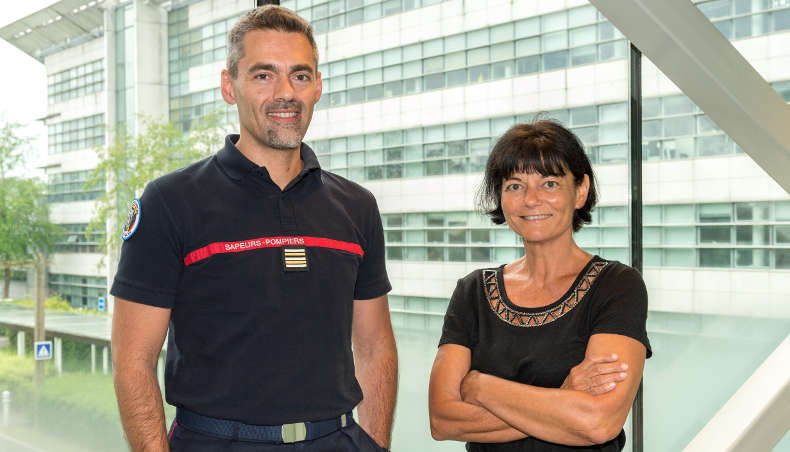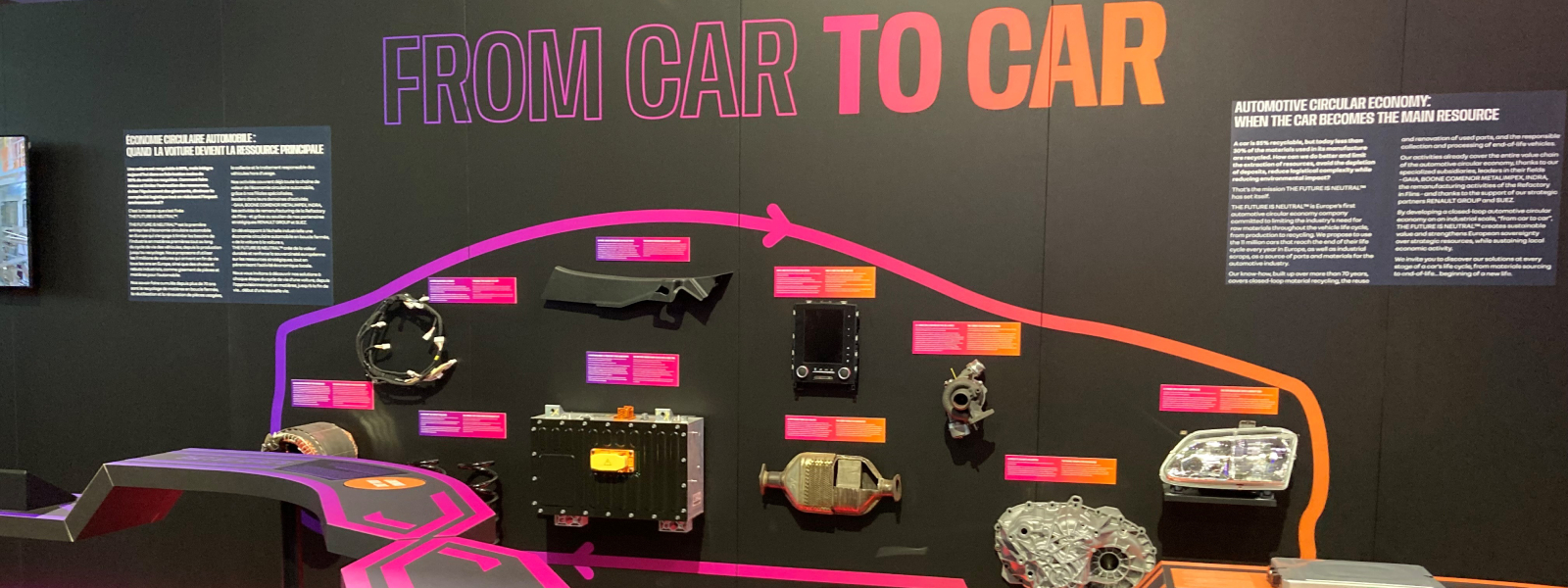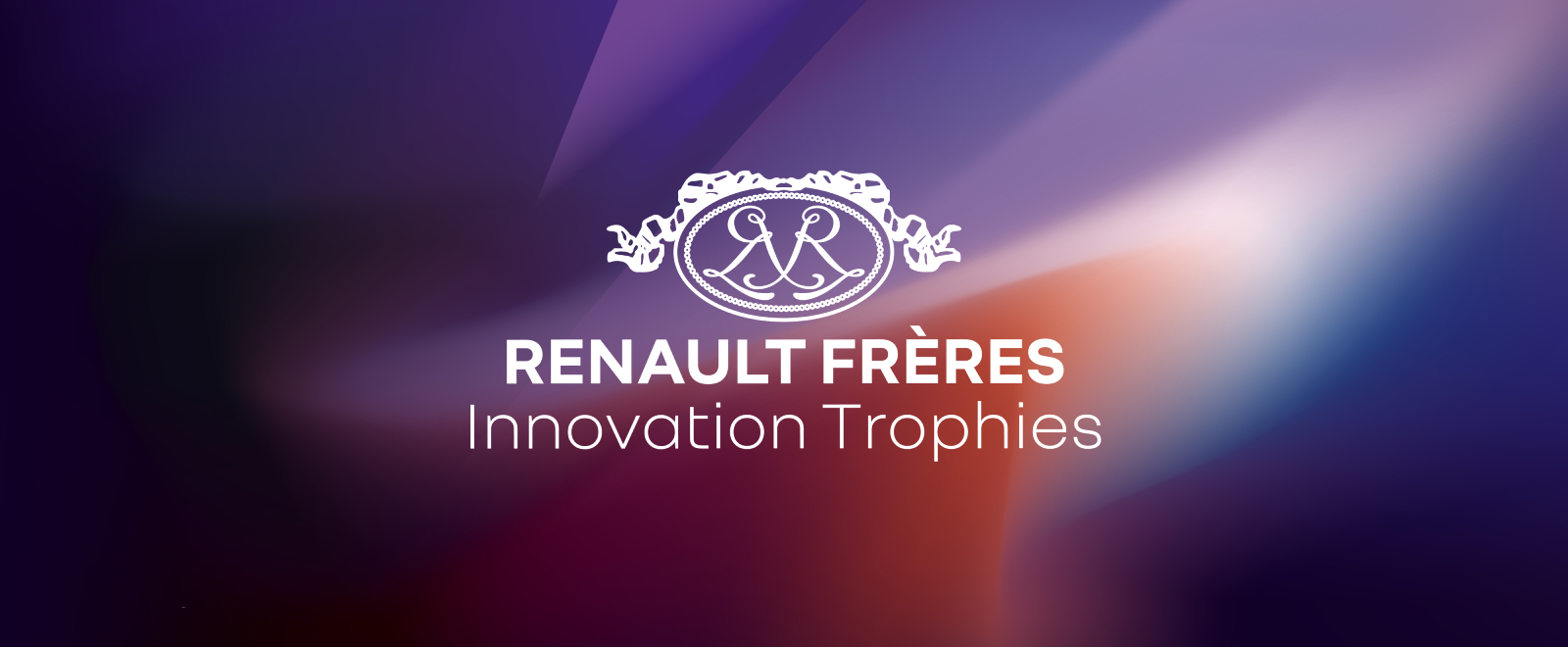

Three questions for Claire Petit-Boulanger, Groupe Renault Emergency Response Safety Expert
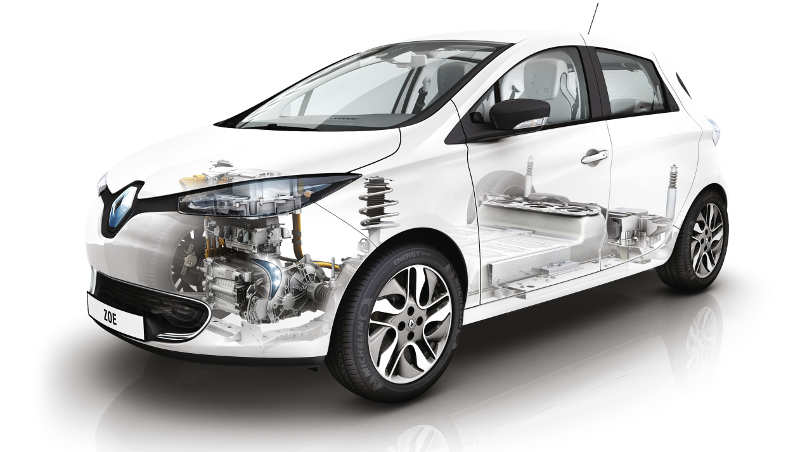
Why does Groupe Renault work with the fire and emergency services?
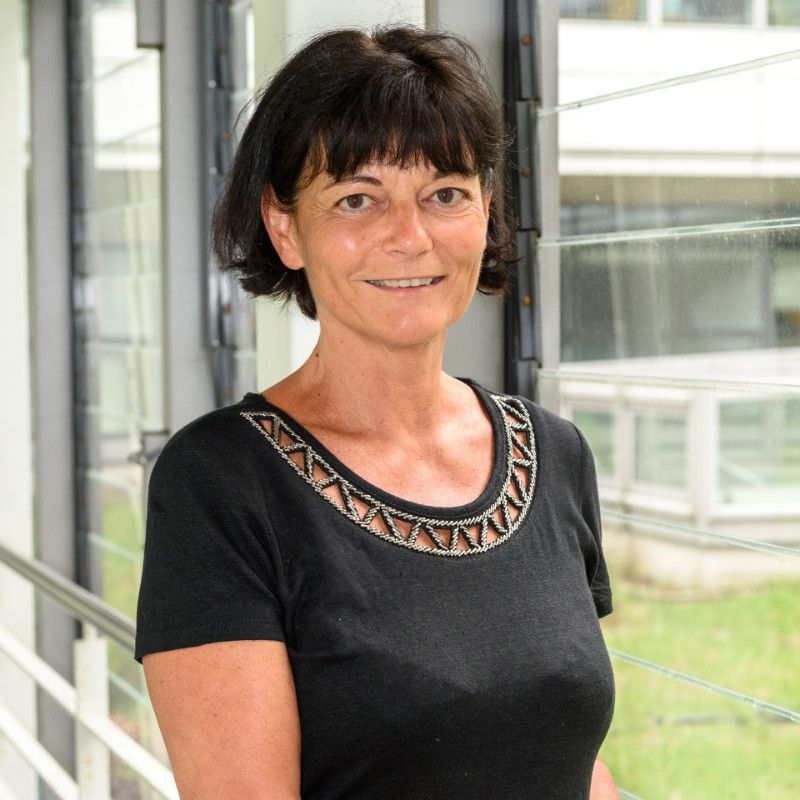
C. P.-B. : Renault’s commitment to road safety goes back 60 years to when Dr Claude Tarrière joined the company to start the Laboratory for Accident Research and Biomechanics. Over the decades, cars have become more complex, integrating robust safety features and a suite of new technologies. A recent phenomenon is the growing number of electric vehicles on the roads… Groupe Renault is Europe’s number one maker of electric cars, so we are an active player in this trend!
New technology can present new challenges to emergency workers, who are responsible for making vehicles safe at crash scenes and rescuing occupants, while responding to the emergency situation in record time. Groupe Renault works closely with the fire and emergency services to ensure that road safety is addressed during the design and development stages of our new vehicles, in particular our electric car range, to make it easier for first responders to handle traffic incidents.

What is Renault doing that is different?
C. P.-B. : Groupe Renault has been working closely with the fire and emergency services since 2010, particularly in the Paris region because that is where we are headquartered, but also in other parts of France and Europe. Car makers don’t normally engage with emergency response services to the extent we do.
My role testifies to the Group’s commitment. I devote all my time to promoting emergency response safety within Groupe Renault. I work upstream with the engineers who develop our cars and downstream with the emergency services to educate them in rescue solutions and run programmes to make their work easier.
Groupe Renault has recently reached out even further to the emergency services sector. On March 1, 2018, Lieutenant Colonel Christophe Lenglos from the Yvelines Fire and Emergency Services joined Groupe Renault on a special assignment. A highly esteemed professional and an influential member of the fire and emergency fraternity, he is providing invaluable support as we step up our actions in the field. His rank and uniform make people sit up and listen!
What form do your partnerships with the fire services take?
 C. P.-B. : We have so many things going on, but I’ll focus on three main areas. Our first priority is vehicle architecture, especially for our electric cars. The ‘firefighting access’ on our electric cars allows water to be applied directly to the battery if it catches fire. Even though our batteries are designed to prevent this from happening, a fire can start for other reasons. Using the ‘firefighting access’, firefighters can put out a fire in less than a minute, as opposed to 45 minutes if there were no such feature. We have been able to develop this type of innovative system after conducting real-life fire testing by Renault’s engineers and French fire and emergency workers. In the event of an accident, we have also designed a ‘service plug’ which first responders can disable in order to isolate the battery from the rest of the car’s electrical systems. It can be accessed easily without having to move the victims, thereby preventing any further spinal injuries.
C. P.-B. : We have so many things going on, but I’ll focus on three main areas. Our first priority is vehicle architecture, especially for our electric cars. The ‘firefighting access’ on our electric cars allows water to be applied directly to the battery if it catches fire. Even though our batteries are designed to prevent this from happening, a fire can start for other reasons. Using the ‘firefighting access’, firefighters can put out a fire in less than a minute, as opposed to 45 minutes if there were no such feature. We have been able to develop this type of innovative system after conducting real-life fire testing by Renault’s engineers and French fire and emergency workers. In the event of an accident, we have also designed a ‘service plug’ which first responders can disable in order to isolate the battery from the rest of the car’s electrical systems. It can be accessed easily without having to move the victims, thereby preventing any further spinal injuries.
Second, we produce emergency response sheets for each model. These provide information for first responders on safely extricating vehicle occupants without harming themselves or the victims. Emergency workers can access the information using a free app developed jointly by a start-up, the French fire and emergency services and Renault. Customers can also stick a ‘Rescue Code’ on to their front and rear windscreens which emergency workers can scan to access the correct emergency response sheet for the damaged car. Workers can then locate the battery, service plug and electrical wires, among other things.
Third, fire and emergency workers need to practice on current and future models in circulation. We supply them with decommissioned vehicles which are some of our latest models. Our partnership has been beneficial on many counts – and shows no sign of letting up!
View more

